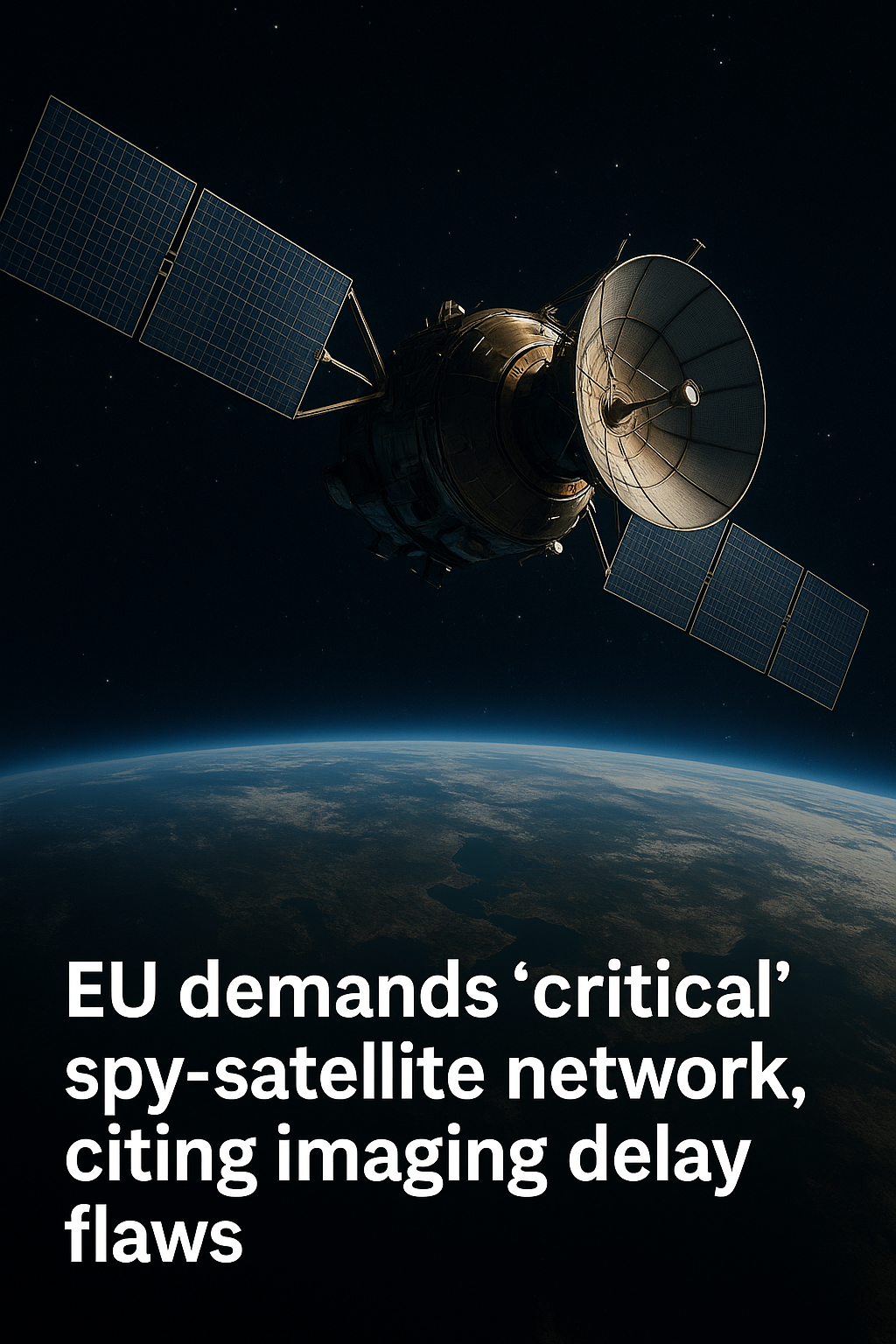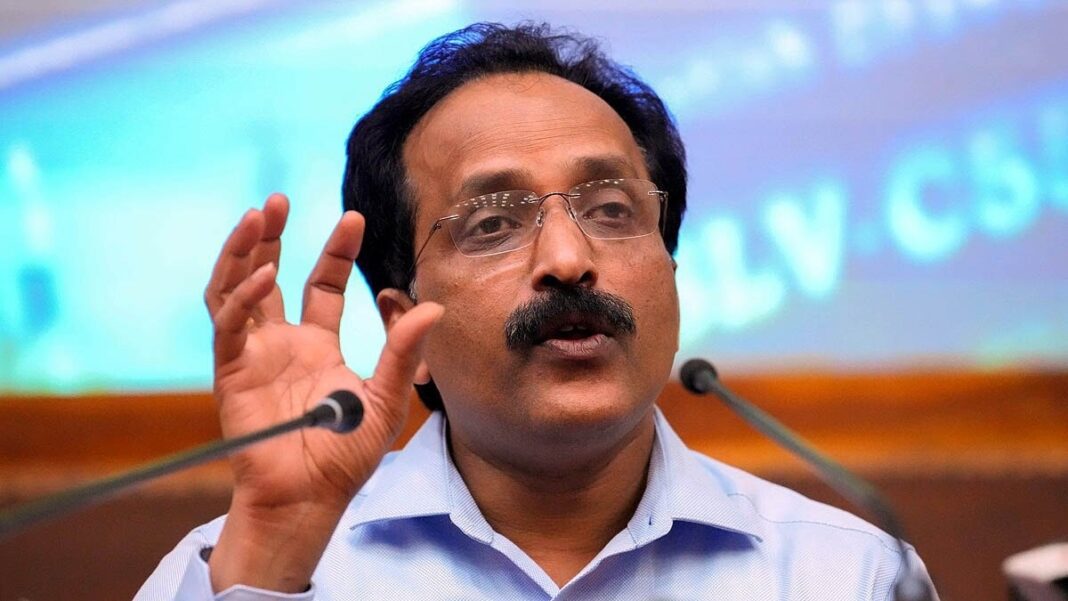The European Union is preparing to build a powerful new satellite system. This system will help governments get very sharp pictures of the Earth quickly and more often. These pictures are called “geointelligence data” and are mostly used to support defense and emergency actions.
Europe’s Need for Faster Eyes in the Sky
Right now, the satellites that EU countries use can only send such images once a day or even less often. This delay can be a problem in situations where quick decisions are needed, like during military threats or natural disasters. The new plan is to reduce this delay so images can be received every 30 minutes. That’s a big jump in speed and could help governments act faster.
The new system is meant to be a major step forward for European security. It will be built with advanced tools that can send these images directly to the capital cities of EU member states. With better technology and faster updates, leaders and defense teams will be able to understand what’s happening on the ground in real time.
A Boost for Galileo and Military Navigation
Along with better spy satellites, the European Union also plans to strengthen its existing space navigation system. This system is called Galileo. It works much like the American GPS system that many people use for driving directions. But Galileo is Europe’s own version, and it’s already helping guide airplanes, ships, and phones.
Spy Satellites: The Future of National Security Space Technology
The new improvements to Galileo will make it more accurate and more reliable. It will also become more resistant to hacking or being jammed, which is especially important for military and emergency uses. With better positioning systems, defense teams can locate people or objects more precisely, even in hard-to-reach areas.
The EU’s space programs like Galileo and another one called Copernicus (which watches Earth’s environment) have already received €15 billion in funding. Now, more money is expected to be added so that newer systems—like the high-speed spy satellite network—can also be built and added to Europe’s space tools.
This extra funding will come from a new seven-year budget that will begin in 2028. This budget will help support the running of older space programs while also allowing for new projects to grow. The goal is to create a stronger, more united European space presence that can serve both civilian and defense needs.
Major Meetings and Bigger Budgets
Two important meetings are planned to help make these space projects a reality. The first one is coming up next month. That’s when the European Commission will share a draft version of its next big spending plan. This plan will cover the years starting from 2028 and will decide how much money is available for space programs. Officials expect the total amount to be higher than the last time, especially with the need for stronger defense tools in space.
Project Kuiper’s Space Race Ignites €2.8 Billion Growth Surge Across Europe—3200 New Jobs Soon
The second major meeting will happen in November. This meeting will bring together member states of the European Space Agency. They will talk about how much money they need for the next three years to support all the ongoing and future space projects. It has already been reported that the budget may go beyond €21 billion. That’s even before including the extra funds needed to build the new spy-satellite network.
This means that a lot of attention is now being placed on space as a key part of Europe’s defense and safety. The money discussed in these meetings will help develop satellites that not only take pictures from above but also help with communication, disaster response, and secure navigation.
These decisions are seen as very important for Europe’s future safety. With better and faster technology in space, the European Union hopes to be more ready to face any surprise situations. The idea is to reduce delays, improve coordination, and protect citizens using new tools that orbit the Earth.
The European Union is preparing a major upgrade to its space systems, including a new spy-satellite network and better military-grade navigation tools. These projects are supported by upcoming budget plans and big meetings of space officials. The goal is to make sure Europe can see clearly and act quickly, thanks to faster and sharper information from space.



